Article
Wildlife Photography
in December
One of probably the most popular garden
birds in the UK is in everyone's mind during this festive month, the
Robin.
 Not only does it appear in our gardens, with it orange breast in full
pristine condition, feeding off our heavily laden feeders, but he is also
all over our living rooms and walls on the many Christmas cards we receive.
Robins are one of the few birds that can be heard singing during winter, as
both males and females maintain their territories for feeding. They can be
particularly tame during the colder months, wanting to be near where there
is a good source of food. Around Christmas they begin exploring other
territories looking for a mate, and then pair up by mid-January when the
females then stop singing.
Not only does it appear in our gardens, with it orange breast in full
pristine condition, feeding off our heavily laden feeders, but he is also
all over our living rooms and walls on the many Christmas cards we receive.
Robins are one of the few birds that can be heard singing during winter, as
both males and females maintain their territories for feeding. They can be
particularly tame during the colder months, wanting to be near where there
is a good source of food. Around Christmas they begin exploring other
territories looking for a mate, and then pair up by mid-January when the
females then stop singing.
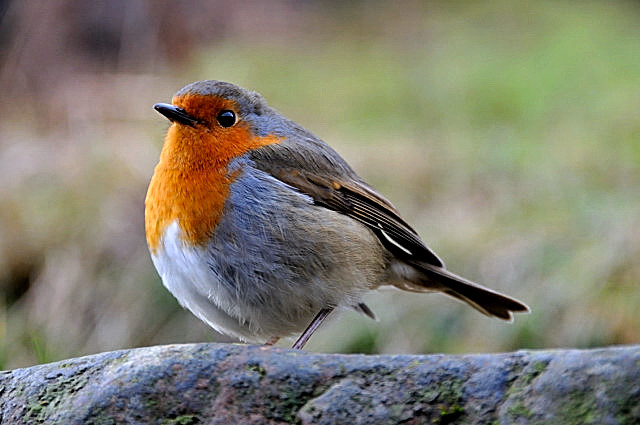
 The Robin
The Robin
 - our
Christmas favourite - our
Christmas favourite
It is this time of year when there are no
leaves on the trees, frost grips the morning countryside, that the small
birds who visit our gardens need our help, so any food that we can put out
is really appreciated by them as their normal food supplies can become
difficult to get. The more varied the food you put out, for example
sunflower hearts, peanuts, suet fat (fatballs), fruit seeds, Niger seeds
etc, the more variety of species will visit, including some that may not
normally get that close at other times of the year. Remember if you do put
food out, do keep it up, a constant pattern of food will mean they won't
have to use up as much energy to find food during this lean period and they
are more likely to survive this harsh time. One species which visits the
garden more during the winter months is the long-tailed tit, they do not
stick around long though so if you get a glimpse you are lucky.
Some species of birds will flock together
to roost at this time of year, and during the cold nights they will fluff
out their feathers to provide extra insulation. Blue Tits, Great Tits and
Wrens may also use bird boxes during this period to keep themselves warm
overnight.
Although the Robins, Blackbirds, Wrens, and
others are being helped by us, some of the birds that visited us during the
summer have now returned to their warmer winter foraging grounds, and of
course some like
Redwings
 Fieldfares,
Fieldfares,
 Bewick's
Swan,
Bewick's
Swan,
 Geese and other
wetland birds find our winter climate warmer than where they normally live
and come to spend their winters with us, so the Wetland centres and
estuaries are full with flocks of birds both eating and huddling up to keep
warm. Geese and other
wetland birds find our winter climate warmer than where they normally live
and come to spend their winters with us, so the Wetland centres and
estuaries are full with flocks of birds both eating and huddling up to keep
warm.
There are three mammals in the UK that you
won't see over the winter, and not because they have emigrated to warmer
climes, but because they stay here and hibernate. So if you see a dormouse,
hedgehog or bat then they have become a little confused and should be
sleeping now until it gets warmer.
| On the plant front probably the best known
of our winter foliage is the Holly,
which is used in Christmas wreaths with their red berries adding a bit of
colour. Of course any holly berries left outside form an important food
source for many birds and some small mammals. The Christmas carol 'The Holly
and the Ivy' also shares in the joy and points out there is at least one
more evergreen plant that has centre stage this time of year. Ivy being
evergreen not only gives us colour, but at it is usually found on walls it
creates good cover for small birds to take refuge from the winter cold.
Wren's particularly like Ivy and during their breeding months small nests
will be hidden within the ivy tangle. Another evergreen which we all love
this time of year is the Christmas Tree, which comes in many forms and not
only artificial, but probably the best known of these is the Norway Spruce.
Probably the best and one of the most
used plant during this festive season is the Mistletoe, with it's white
berries and added attraction of getting a good luck kiss. Mistletoe is a
parasitic plant and grows in fruit trees such as a good old apple tree, or
in lime trees. It attaches itself to a host tree and sits growing steadily
mostly unnoticed all year round, however during the winter when there are no
leaves on the trees then the clumps of green ball like structures become
noticeable. It is also associated with the Mistle Thrush who is supposed
to like the sticky white berries it produces this time of year and is the
carrier of the berries from tree to tree when it wipes the excess seeds it
has picked up, from its beak onto the twig of another tree.
If you were to venture into a
Woodland  this time of year, they are still an interesting and are a fascinating
experience to have.
this time of year, they are still an interesting and are a fascinating
experience to have. |
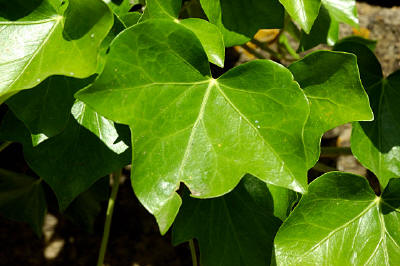

 Ivy
Ivy
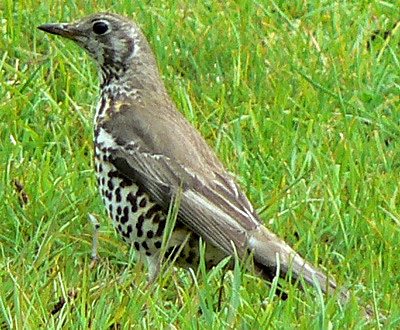
 Mistle Thursh
by
Neil Phillips Mistle Thursh
by
Neil Phillips
 |
|
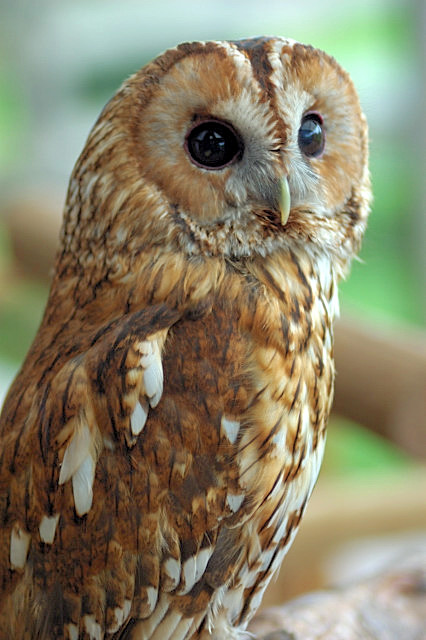

 Tawny Owl
Tawny Owl |
You may come across
occasional flocks of small birds moving about trying to disturb the
insects.
At night Tawny Owls may be heard with
their classic owl 'tu-wit-tu-who' call as both the male and female
communicate to each other whilst staking out their territory. Foxes will
also be heard this time of year as it is their mating season, vixens will
wail and scream and dogs will bark as they try to find their mates. Their
cubs will be born during January/February next year. In some woodlands you
may also see butchers broom, a small shrub that occurs in old woods, their
flattened spiny leaves are in fact stems which gives a single small flower
and then followed by a bright scarlet berry, adding a touch of colour to the
woodland floor.
Along our road verges the grass has been
pushed down by the damp wet weather, however standing tall you may see
clusters of Teasel stems. Their seed heads provide a favourite source of food
for Goldfinches, so you may
see these colourful birds perched on them trying to get at the seeds inside.
Meadows and flood plain grasslands are
colourful during the spring/summer, but in winter they can provide a
watering hold and resting space for gulls and ducks, when they are flooded.
However our heathlands are still full of small birds such as meadow pipits,
and Dartford warblers and some of the gorse particularly in the south may be
providing some late winter colour with their yellow flowers. |
Many of the tops of the Scottish mountains
will be very cold and even for most of the winter be covered in snow.
However during this period they are not totally barren and there are some
mammals and birds who specialise in this environment. Mountain Hares, Stoats and Ptarmigan all like to live in
these harsh climates and they do one other unusual thing in that they grow a
winter white coat in order to provide themselves with camouflage from the
hunter.
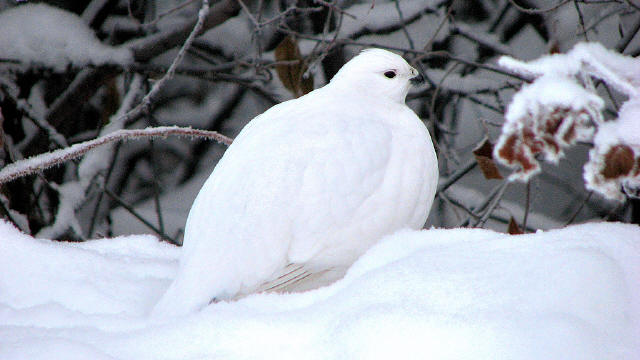 
 Ptarmigan in it's winter plumage
See Details
Ptarmigan in it's winter plumage
See Details

A trip to the coast and estuaries will also
be full of wading birds and wildfowl, feeding on the soft seashore, the
ebbing tides having kept them soft. Kingfishes and Otters also move to
estuaries at this time for the same reason. However one cutie to be seen in
some parts are the white
Grey Seal Pups,
 which can be found off the Norfolk Coast,
Blakeney Point
which can be found off the Norfolk Coast,
Blakeney Point
 being a good spot to see them, at the
Farne Islands,
being a good spot to see them, at the
Farne Islands,
 off the Cornish coast and at
Strangford
Lough
off the Cornish coast and at
Strangford
Lough
 in Northern Ireland.
in Northern Ireland.
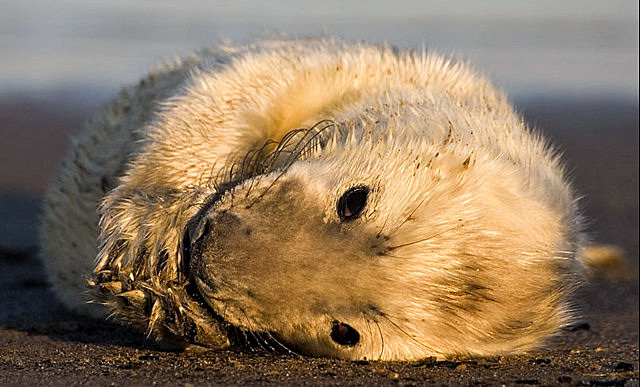
 Grey Seal Pup by
Richard
Spencer Grey Seal Pup by
Richard
Spencer

So you can see from this that although it
is winter the wildlife is still abundant to see, so if you can brave the
cold and get out this month you will not be disappointed. If it's too cold
for you then why not make sure you put out food for the birds and they will
then come a calling on you and bring some festive cheer.
Further Winter Highlight images
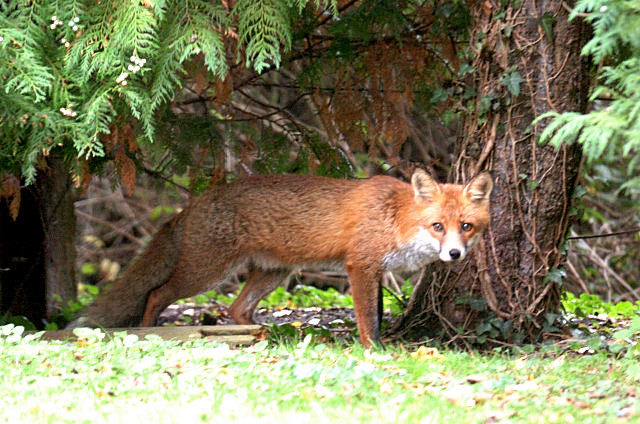
 A Country Fox
A Country Fox
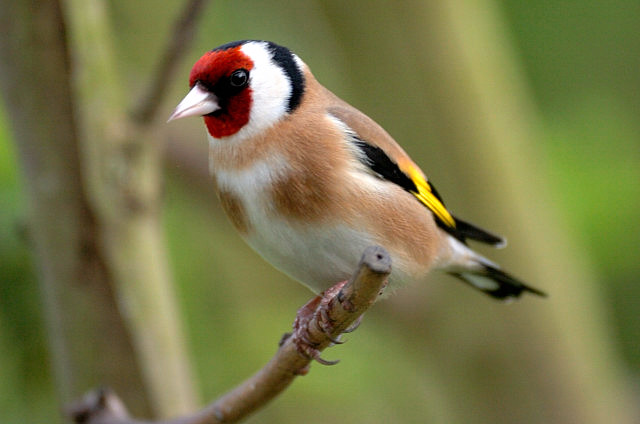
 A Goldfinch who can be found on the
roadside feeding off Teasel seeds
A Goldfinch who can be found on the
roadside feeding off Teasel seeds
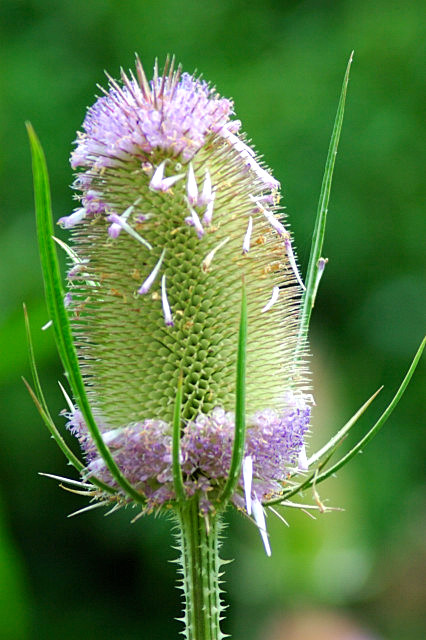
 A Teasel
A Teasel
loosing it's flowers ready to leave it's seed for winter birds
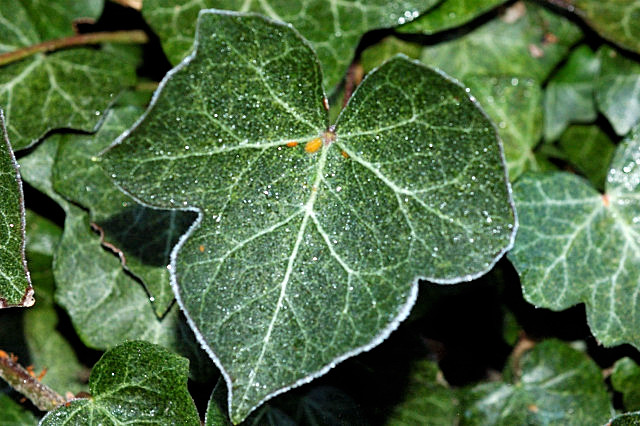
 Ivy covered in winter Frost
Ivy covered in winter Frost
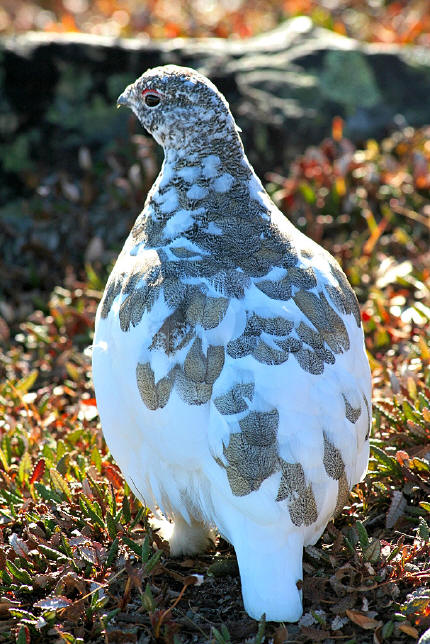 
 Ptarmigan
in transition by
See Details Ptarmigan
in transition by
See Details

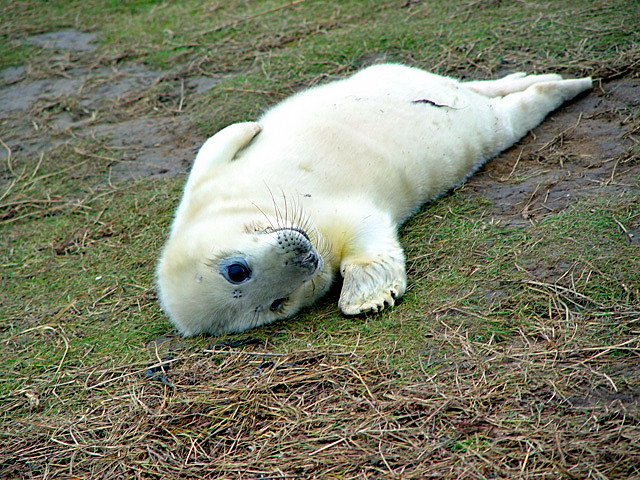
 Grey Seal Pup by
Peter
Church Grey Seal Pup by
Peter
Church

|
Share your wildlife
photos
Let us expand our coverage of what can
be photographed each month by including your photos. - Why not
Contact Us. |
More Information
See also the
Nature and Wildlife calendar -
December

Other species can be found listed in the
Wildlife and Animals
 section of the Topic Index and plants within the
Nature, Flora and Countryside
section of the Topic Index and plants within the
Nature, Flora and Countryside
 section, more lists may be found from the
Wildlife & Nature
section, more lists may be found from the
Wildlife & Nature
 index page within the reference section. These lists also give you links
to other websites allowing you more information on what we have and
haven't yet covered.
index page within the reference section. These lists also give you links
to other websites allowing you more information on what we have and
haven't yet covered.
|